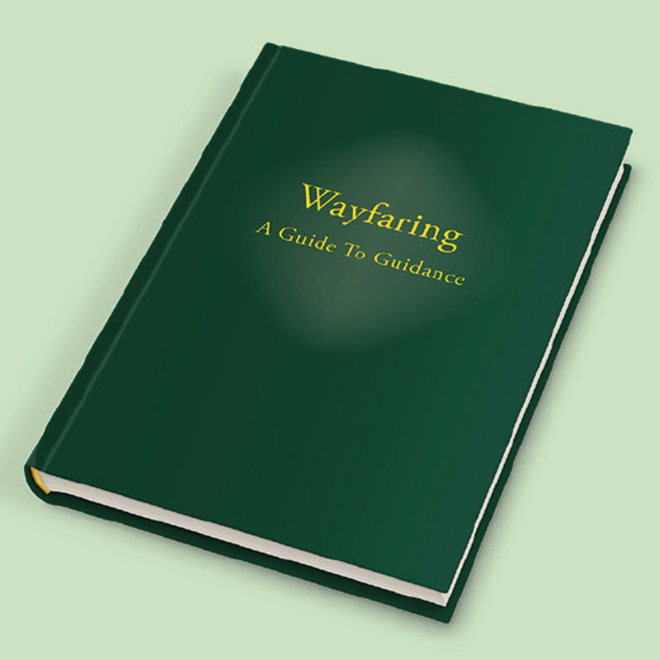Hawk missile on Smathers Beach in Key West, Florida, in October 1962. Photo: Photo: Don Pinder via Florida Keys Public Libraries.
Lessons from Cuba: fifty years on
On the anniversary of the Cuban missile crisis, Frank Boulton looks back and considers what has changed
In late October 1962 cold war watchers were horrified by the imminent prospect of global annihilation. John F Kennedy, the charismatic but mercurial American president, had over 20,000 nuclear warheads under his command; Nikita Khrushchev, the Soviet leader, had about 2,000. Berlin had been a flashpoint ever since the Soviet blockade of 1948. Many American weapons were based in Europe and Turkey, targetting Russian cities: more were on missiles, aircraft, ships and submarines. In contrast, the Soviets’ weapons were restricted to the, admittedly extensive, territories of the USSR and its satellites, and a few diesel submarines. The Russians felt encircled and were searching for a strategic response.
